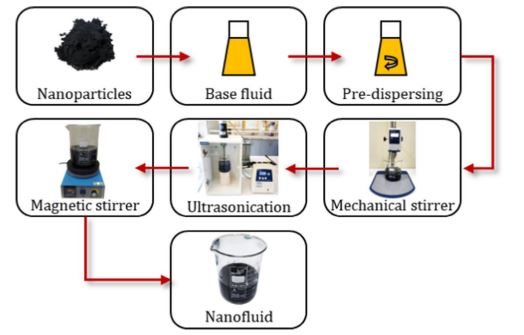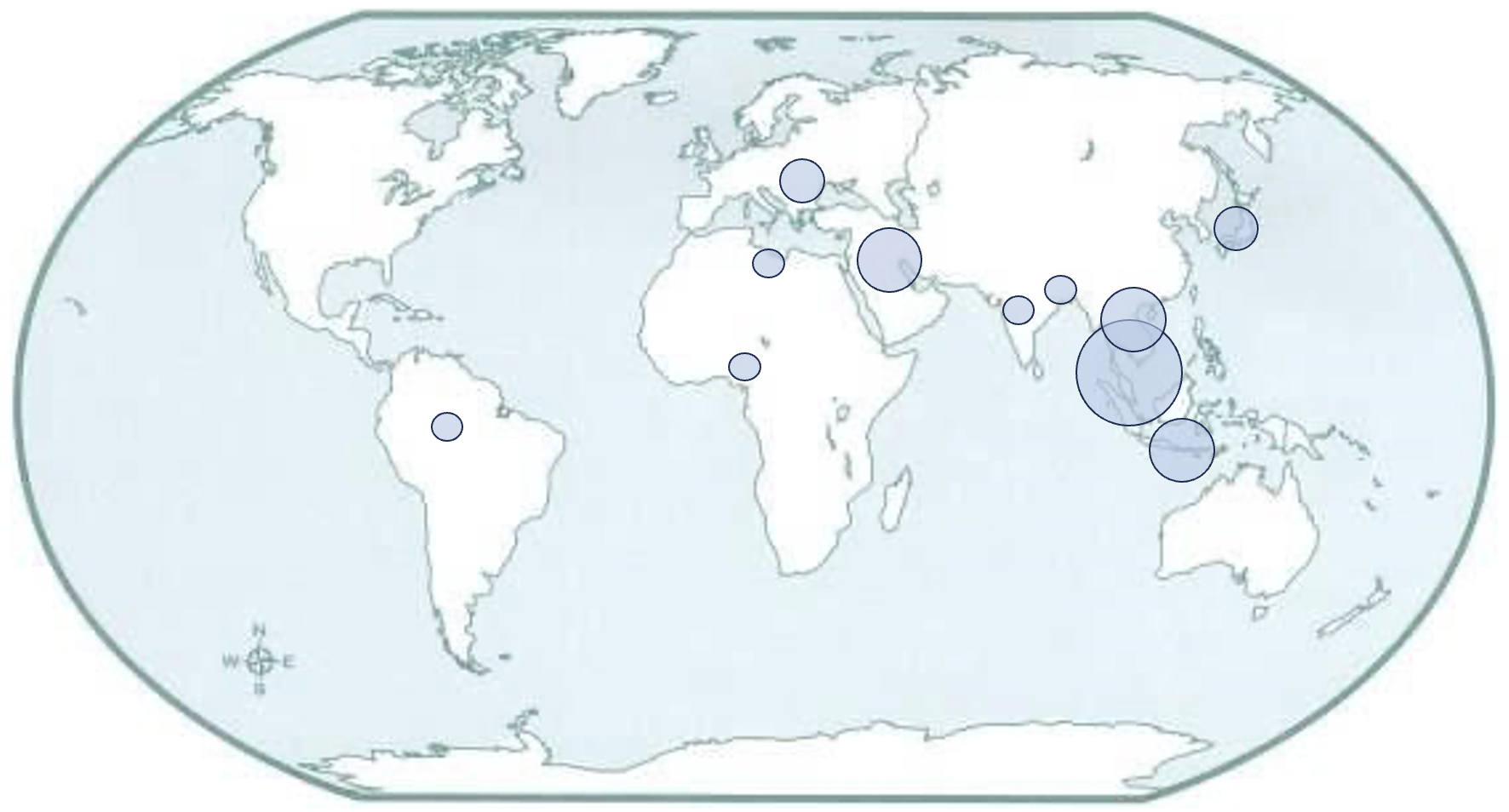Enhancing Lubrication Efficiency and Wear Resistance in Mechanical Systems through the Application of Nanofluids: A Comprehensive Review
DOI:
https://doi.org/10.37934/armne.16.1.118Keywords:
Nanofluid, heat transfer, tribology, lubrication mechanismAbstract
Due to its potential to increase lubrication effectiveness and reduce wear, nanofluids have drawn substantial interest in the field of mechanical systems. Colloidal suspensions of nanoparticles dispersed across a base fluid to create nanofluids. This comprehensive study's goal is to examine recent developments, scientific discoveries, and possible applications of nanofluids in tribology. The scientific and technical characteristics of materials which move in relation to one another are the subject of the academic topic of tribology. The aim of this review paper includes a thorough investigation of phenomena like lubrication mechanism, wear and friction. Because of their unique features at the nanoscale, nanoparticles offer a special opportunity to mitigate enduring problems in tribological systems. This review critically evaluates the process utilized to create nanofluids, examines their tribological properties, and considers how they affect the effectiveness of how mechanical systems function. The higher lubrication effectiveness and wear resistance are the main points of attention. This study also investigates several methods for characterizing nanofluids to examine their behavior. The assessment also emphasizes important elements that affect the effectiveness of nanofluids, including the composition, concentration, size, and choice of nanoparticles, in addition to the choice of the base fluid. This study examines many problems and probable future endeavors within the industry, encompassing inquiries pertaining to long-term durability, and scalability. The primary objective of this review paper is to conduct a comprehensive analysis of the current state of nanofluid research within the domain of tribology. The objective is to foster further progress and encourage the extensive adoption of nanofluids as an innovative lubricating technology.









